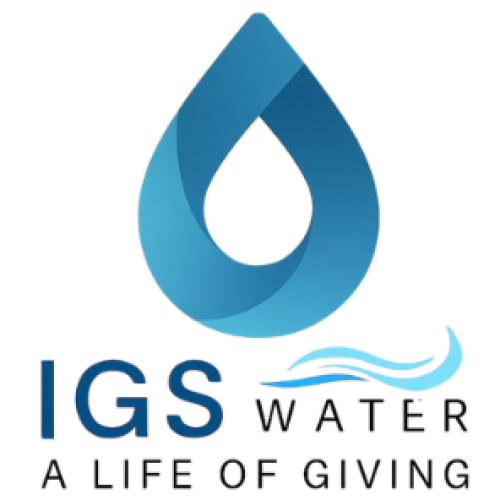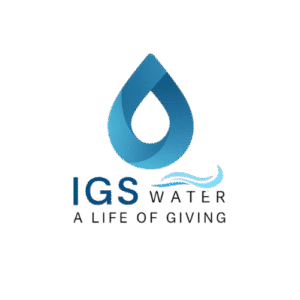What If Every City Banned Chemicals in Water Treatment Tomorrow?
Imagine waking up to the news: “All chemical water treatments banned worldwide, effective immediately.” Cities scramble—chlorine, algaecides, coagulants—gone overnight. Panic in municipal water departments. Hospitals, industries, and households brace for impact.
But in the shadows of this chaos, a quiet hero rises: nanobubbles. These microscopic gas bubbles, invisible to the naked eye, could be the lifeline cities never knew they had. By injecting ultra-fine bubbles of oxygen, ozone, or other gases into water, nanobubbles naturally purify water, oxidize contaminants, and boost dissolved oxygen—without a single drop of harmful chemicals.
Challenges Ahead
Cities face immediate hurdles. Existing infrastructure relies on chemicals. Switching to nanobubble technology requires retrofitting treatment plants, training operators, and ensuring consistent water quality. Cost concerns, energy requirements, and regulatory approvals could slow adoption—but necessity is a powerful motivator.
Ripple Effects Across Industries
- Aquaculture: Fish and shrimp farms benefit immediately from higher oxygen levels and cleaner water, without chemical residues.
- Food & Beverage: Beverage bottlers and breweries can maintain water quality naturally, appealing to increasingly eco-conscious consumers.
- Municipal Services: Maintenance costs drop as pipes and tanks no longer suffer from chemical corrosion.
In this chemical-free future, cities could become cleaner, healthier, and more sustainable. Nanobubbles aren’t a sci-fi dream—they’re already here, quietly changing the game for water treatment.
The question isn’t whether cities can make the switch, but whether they’re ready to embrace a cleaner, chemical-free revolution.

